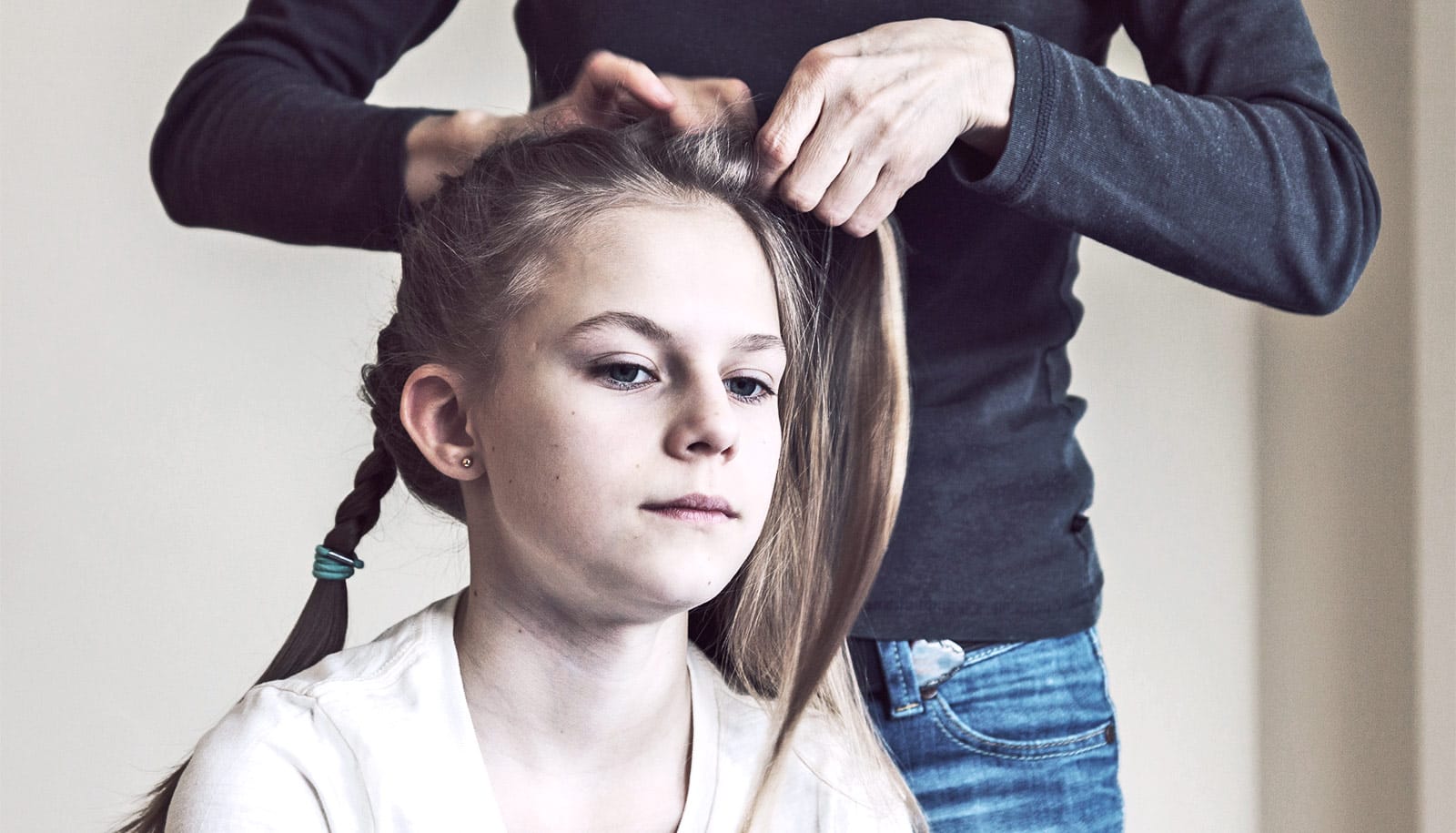About 20 million women and 10 million men in the United States suffer from eating disorders, which range from the more commonly known anorexia nervosa and bulimia nervosa to the lesser known binge-eating and avoidant-restrictive-food-intake disorders.
Untreated, these disorders can lead to grave and possibly fatal medical problems, including heart arrhythmia, tachycardia, and heart attacks. Among psychiatric disorders, eating disorders have the highest fatality rate.
Teenagers are especially at risk and early intervention is key. But do you know what signs to look for?
Hear Mary Tantillo and Taylor Starr explain the warning signs of eating disorders and how to find the best treatment options:
Tantillo is a professor of clinical nursing at the University of Rochester and coauthor of the book Understanding Teen Eating Disorders: Warning Signs, Treatment Options, and Stories of Courage (Routledge, 2018). Starr is an assistant professor of pediatrics and director of the Eating Disorder Program at Golisano Children’s Hospital.
Tantillo also offers the following 13 red flags parents should watch out for:
1. Body insecurity
Negative or obsessive thoughts about body size or shape. Persistent worries or complaints about being fat or the need to lose weight. (Note: eating disorders are possible without body insecurity.)
2. Excessive exercise
Obsessive about getting daily exercise. Exercises even when injured, tired, or sick.
3. Fear of eating in front of others
Avoids situations that include eating in front of others or in public. Makes excuses about not being able to eat with friends or family.
4. Vicarious pleasure in others’ eating
Prepares elaborate meals for others but rarely eats what is made.
5. Changes in appearance
Significant loss, gain, or fluctuation in weight. Puffy cheeks due to swollen salivary glands. Hair loss, dry hair or skin, or excessive facial or body hair.
6. Physiological changes
Develops unusual sleep patterns and a sensitivity to cold, feels faint or tired, menstrual cycles stop or become irregular.
7. Excessively restricting foods
Considers certain foods or food groups completely off limits. Preoccupied with dieting, fat grams, or calories. Equates eating with self-control. Lack of interest in food.
8. Excessive fear
Avoids certain foods for fear of choking or fear of purging. This applies to those suffering from restrictive food intake disorder.
9. Overconsumption of food
Frequently consumes very large amounts of food and seems out of control during these binge-eating episodes. Shows a pattern of eating when not hungry and eats to the point of discomfort.
10. Purging
May compensate for eating through vomiting, laxative or diuretic abuse, or other substances. Leaves the table soon after the meal to purge.
11. Secretive eating
Large amounts of food disappear over short periods of time. Presence of wrappers or containers that might indicate secret consumption of large quantities of food.
12. Eating rituals
Obsessively cuts food into small pieces or arranges food to create the appearance of actually eating, while little or no food is consumed.
13. Isolation
Withdraws from usual friends and activities. Isolates and gets moody especially after eating. May make continual excuses about not being able to eat with peers.
Eating disorders go untreated among these groups
If someone you care about has a changed relationship with food, is skipping meals, making excuses for not eating, adopts an overly restrictive diet, or focuses obsessively on eating, consider the possibility of an eating disorder. Express your concerns in a forthright, caring manner. Gently but firmly encourage the person to seek trained professional help. If it’s your child, talk to your pediatrician.
Visit the National Eating Disorders Association website to learn more about eating disorders and what you can do to help.
Source: University of Rochester



